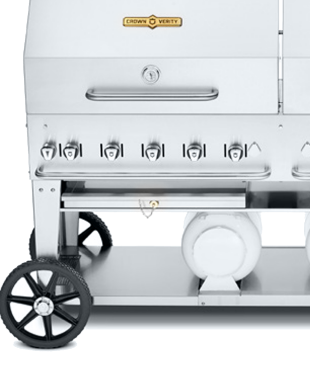How Instagram, Foodies and Social Media Are Changing The Way Caterers And Restaurant Owners Market
The world has changed in an instant. Actually, the world has changed in an Instagram.
Social media has changed the way we interact with one another, our perceptions of reality and, our ability to decide on what we prefer before we even experience it. It is such a marketing influencer that even restaurant owners, chefs and caterers are adopting the methods to create, share or exchange information, their ideas, and pictures/videos in virtual communities in the hopes of gaining more customers.
Dining out has long been a favourite experience for people around the world. We would share our recommendations and when at restaurants, relied on the pictures on the menus to help us make our food choices.
oday, with applications such as Instagram, twitter and Facebook to name just the most popular ones, we know instantly how food is presented and we know in almost magazine photo quality pics of food.
Smartphones now have pin-sharp lenses. users are tech savvy enough to know how edit the photos and now there are close to 200 million photos on instagram and most of those are tagged “foodporn.
As a whole, we are obsessed with what we eat, we call ourselves “foodies” and caterers and chefs have not lost the lesson.
Social Media has reached out to the catering and restaurant industry and dared it to rise up to the challenge. And the industry is embracing the challenge in a big way. As more and more caterers and restaurants realize that their website is the best source of marketing for them, they are taking and posting a greater number of the dishes they prepare so that diner’s can see what the kitchen can create to tantalize their taste buds.And diner’s are responding. Reservations in restaurants see increases in their reservations.
More and more of those diners share their dining experience via social media by commenting and posting their orders immediately for public consumption.
The trend inspires chefs to be more creative with not only the taste of their fare but also the presentation of the plate itself. Daring ingredients, inspired presentation and the desire to create an overall experience for the consumer are all now part of the equation of success.
While some establishments prefer to ban the use of cameras (interfering with other’s dining experience is also a consideration), many others are embracing it because one good post can bring in dozens of viewers to try a restaurant.
Social media offers word of mouth marketing, instantly both through pictures and instant reviews. That means every dish that leaves the kitchen has the potential to gain or lose a customer.
But it’s not just the food people tweet or post about. it goes beyond the plate of food and includes the menu, the plating, the decor. We like to share (or over share) everything and the industry is very aware of that. Using social media as a (free) marketing resource, smart businesses do their best to make every experience the best one for their patron. It can be overwhelming at times and there is a fine line between annoying other diners and getting too much exposure so that expectations are raised so high, the bar is raised so high it becomes increasingly difficult to maintain status quo.
Unlike professional photographers, social media posters don’t take the time to light or frame a shot so the true marketing impact isn’t what professional photographers can guarantee. On top of that, taking too many pics means letting the food sit and then the true taste, textures and the temperature suffer and the food experience may not be enjoyed as it would have been had the diner simply just enjoyed the meal once it was placed in front of him.
Social Media can also be a good research too. Facebook and twitter accounts can call on feedback, gain followers to share information and , if handled correctly, the caterer, chef or restaurant can position themselves as a leader within the industry by sharing information relative to its followers likes.
Trends are started in social media. Someone posts a meal, a recipe, an idea and others pick up on it because it is well received and before you know it it’s seen throughout the area. Sriracha sauce is a perfect example of something that trended but had always been used in food preparation but was just renamed, rebranded and instantly saw an increase in popularity.
In the past you had to visit a restaurant to decide if you like a dish. Today, you can see it instantly, see how is made. Sometimes to the detriment of all, the emphasis is on how a plate looks. While this is good for a well presented plate of steak and lobster and colourful vegetables, a creamed soup or bisque will not be quite as visually appealing but is definitely delicious so we have to learn not to rely on just one sense to determine quality of food.
In today’s highly connected, tech inspired times, food blogs, forums and food groups are plentiful. While many are just a way of sharing recipes, others are ways of reviewing and recommending businesses. Constant connectivity means the catering and restaurant industry have had to step up their game and change the way they do business.
